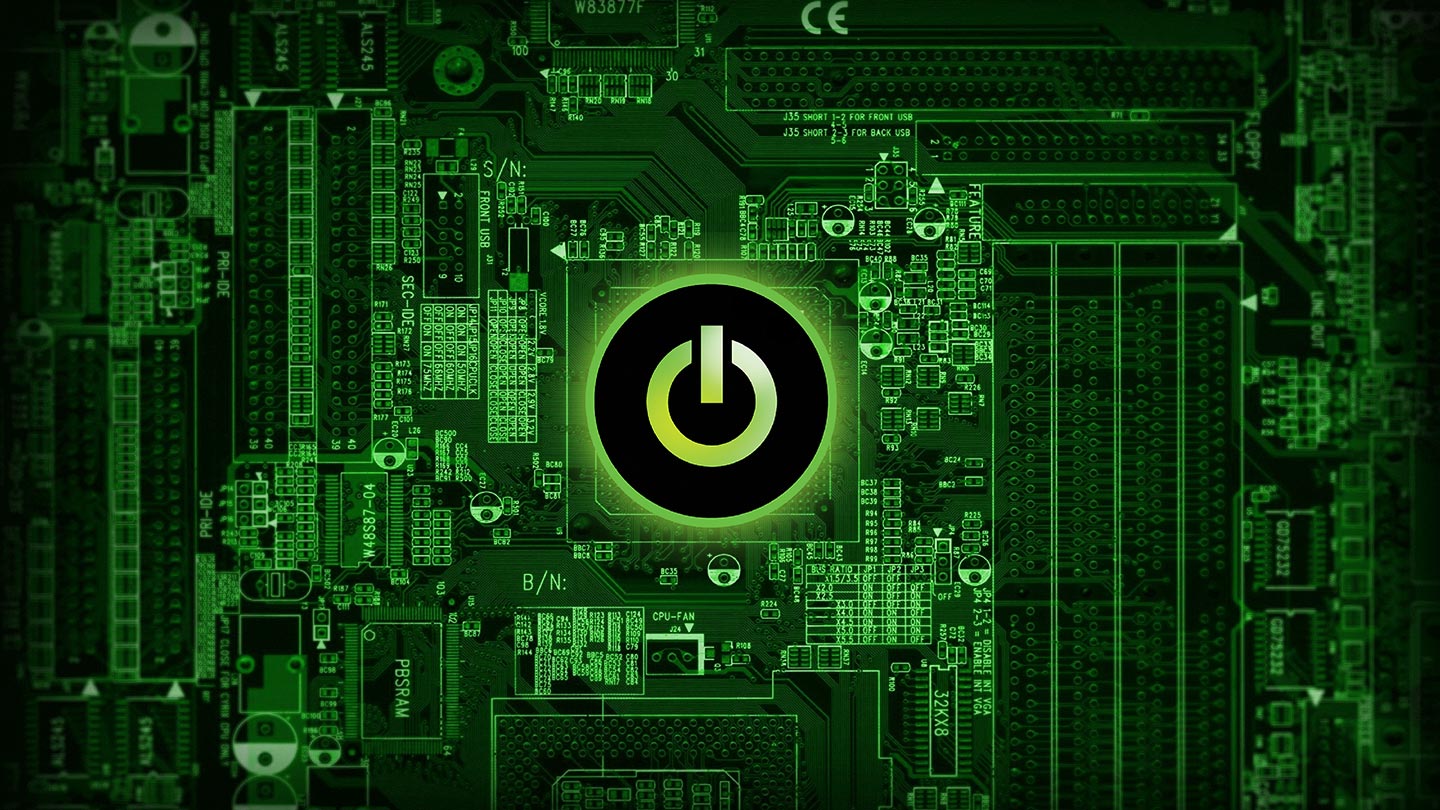
Like traditional money, digital currencies can be used to buy goods and services. Unlike physical currencies such as bank notes and coins, however, electronic money is neither legal tender nor guaranteed by any bank or government. Rather, digital currency is underpinned by a peer‑to-peer computer network made up of its users’ machines and relies on two types of technology: virtual currency and cryptocurrency.
Virtual currency
Digital money issued and usually controlled by its developers, virtual currency is used and accepted among the members of a specific virtual community such as an online gaming or social network. Users of such platforms may buy and sell virtual currencies using conventional money. Trading fees, based on the trade value, may apply.
Money balances are recorded electronically on a stored-money card, in a digital wallet, or on another device protected by both a public and private key. These keys work much in the same way a password or PIN does, and they are equally prone to hacking and theft. The networks on which virtual currencies are traded are unregulated, and users have no protection or statutory recourse should the platforms fail or get hacked. In other words, if the contents of your digital wallet are ever stolen, you have little hope of getting them back. Past failures of virtual currencies have meant significant losses of real money for investors.
Cryptocurrency
A type of digital token, cryptocurrency is sometimes also called blockchain currency because it relies on encryption to chain together digital signatures of token transfers between peers within a decentralized network.
Although cryptocurrencies include Litecoin, Dash (formally Darkcoin), Peercoin and Dogecoin to name a few, Bitcoin is undoubtedly the best known. Computers within the Bitcoin network execute difficult number-crunching tasks, a procedure known as Bitcoin “mining”. As with commodities such as silver and gold, supplies of Bitcoin are also finite: the total number that can ever be mined is limited to around 21 million. That’s because Bitcoin mathematics were set up to make it progressively more difficult to “mine” Bitcoins over time: central banks cannot issue new Bitcoins and devalue those already in circulation.
The entire Bitcoin network monitors and verifies not only the creation of new Bitcoins through mining, but also the transfer of Bitcoins between users, whose identities are encrypted. A log records all transactions, with new transactions broadcast across the network. Participating computers communicate to create and agree on updates to the official log. Users whose updates to the log have been approved by the network are awarded a fixed number of new Bitcoins. This is the process by which Bitcoins are mined.
Innocuous or insidious?
It is now increasingly possible to use electronic money as a means to pay for goods and services with retailers, restaurants and entertainment venues. Such transactions may seem innocuous and highlight exciting opportunities, yet digital currencies can also be transferred anonymously across the Internet, making them an attractive currency in which to carry out money laundering and other illegal activities. Moreover, currencies exchange at market rates, with no government intervention. While this may mean a more authentic version of the free market system, governments and financial institutions continue to wrangle back and forth over the legality of digital currencies.
Liked this article?
We are adding more useful articles to our blog every week! Join our subscribers to stay up to date on digital security, marketing, and social media trends.
By entering your email, you agree to receive our monthly newsletter. You can unsubscribe at any time!


